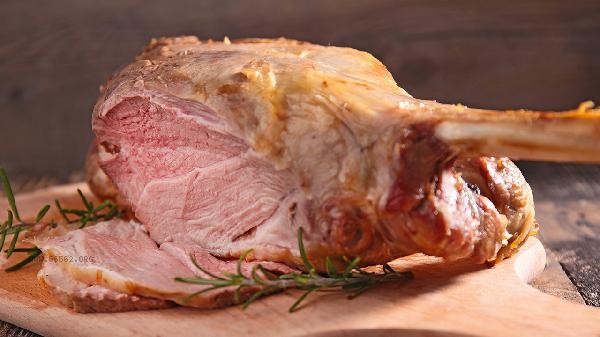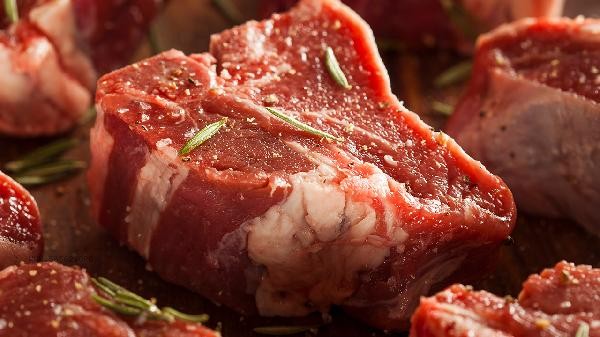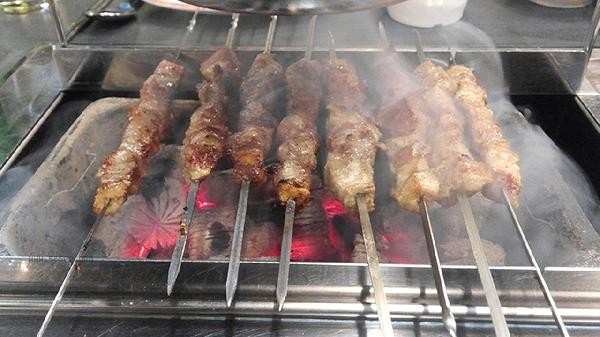The fat content of lamb soup depends on the cooking method and lamb parts, and is usually classified as a medium to high fat food. Thick soup made from lamb with skin or boiled for a long time has a higher fat content, while clear soup made from lean meat and skimmed off floating oil has a lower fat content. The fat in lamb soup mainly comes from the lamb itself and bone marrow extracts. In traditional cooking methods, lamb leg meat, lamb belly and other parts contain a lot of intermuscular fat. After prolonged stewing, the fat will emulsify and enter the soup, forming a milky white thick soup. Every 100 grams of concentrated lamb soup may contain more than 10 grams of fat, with a high proportion of saturated fatty acids. People who need to control their blood lipids should consume it with caution. If pure lean meat from lamb tenderloin and hind legs is selected, and the surface solidified fat is removed by refrigeration after stewing, the fat content can be reduced to about 3-5 grams per 100 grams, which is more suitable for weight loss people.

Some special practices can significantly increase fat content. Adding sheep tail oil or bone marrow to stew can double the fat content of the soup, and traditional lamb soups in Xinjiang, Inner Mongolia, and other regions often use this method to enhance flavor. The Cantonese style clear stewed lamb soup emphasizes the use of tendon meat, paired with ingredients such as white radish and horse hooves, and processed by blanching to remove fat and separating oil, making the soup clear and low-fat. For postoperative recovery or digestive disorders, low-fat clear soup is easier to absorb and will not increase gastrointestinal burden.

It is recommended to choose the type of lamb soup based on one's own health condition. Patients with high blood lipids or cardiovascular diseases should prioritize drinking the fat free clear soup, and control the single intake within 200 milliliters. Pairing with ingredients such as white radish and hawthorn can help break down fat, and moderate exercise after meals can promote energy metabolism. When cooking the home version of lamb soup, refrigerating the lamb for 12 hours in advance can effectively remove surface fat, and using a clay pot for slow stewing is more conducive to fat separation than a pressure cooker.









Comments (0)
Leave a Comment
No comments yet
Be the first to share your thoughts!